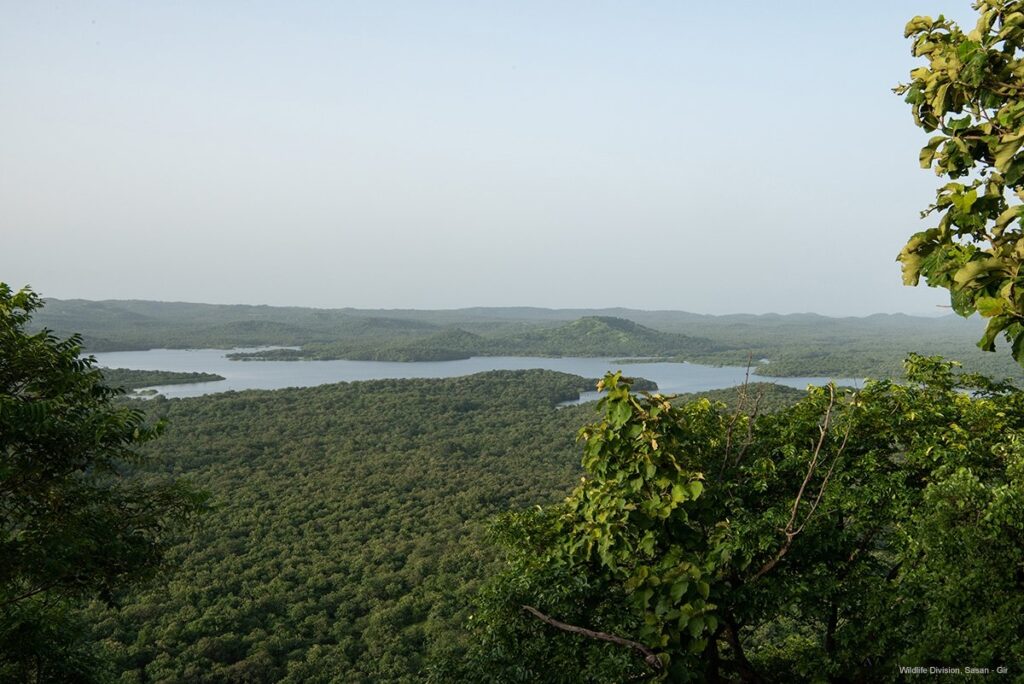
Gir National Park, located in the western state of Gujarat, India, is a globally renowned wildlife sanctuary, best known as the last refuge of the Asiatic Lions. Spread across 1,412 square kilometers, this vast forested land is home to a rich variety of flora and fauna, making it one of India’s most significant ecological treasures. The park was established in 1965 to protect the dwindling lion population, and today, it stands as a testament to successful wildlife conservation efforts.
Apart from its iconic lions, Gir is home to over 600 species of wildlife, including leopards, striped hyenas, jackals, and antelopes like the chinkara and nilgai. The park also boasts a vibrant birdlife, with more than 300 species of birds, including eagles, vultures, and peafowls. The diverse landscape, comprising dry deciduous forests, grasslands, and rocky hills, provides a perfect habitat for these incredible creatures.


Gir is not just about wildlife; it is also deeply connected to the Maldhari community, a semi-nomadic group that has coexisted with nature for centuries. Their traditional lifestyle, cattle herding practices, and harmonious relationship with wildlife make Gir a unique cultural landscape. Visitors to Gir can witness the rich traditions of this community while exploring the vast wilderness.
A visit to Gir National Park offers thrilling Jeep safaris, where adventurers can embark on an exciting journey to spot the majestic lions in their natural habitat. The best time to visit is between December and March, when the weather is pleasant, and wildlife sightings are frequent. The park remains closed during the monsoon season (June to mid-October).


Gir’s success in lion conservation has made it a beacon of wildlife preservation worldwide. Whether you are a nature lover, wildlife photographer, or adventure seeker, Gir National Park promises an unforgettable experience filled with awe-inspiring encounters and breathtaking landscapes.
